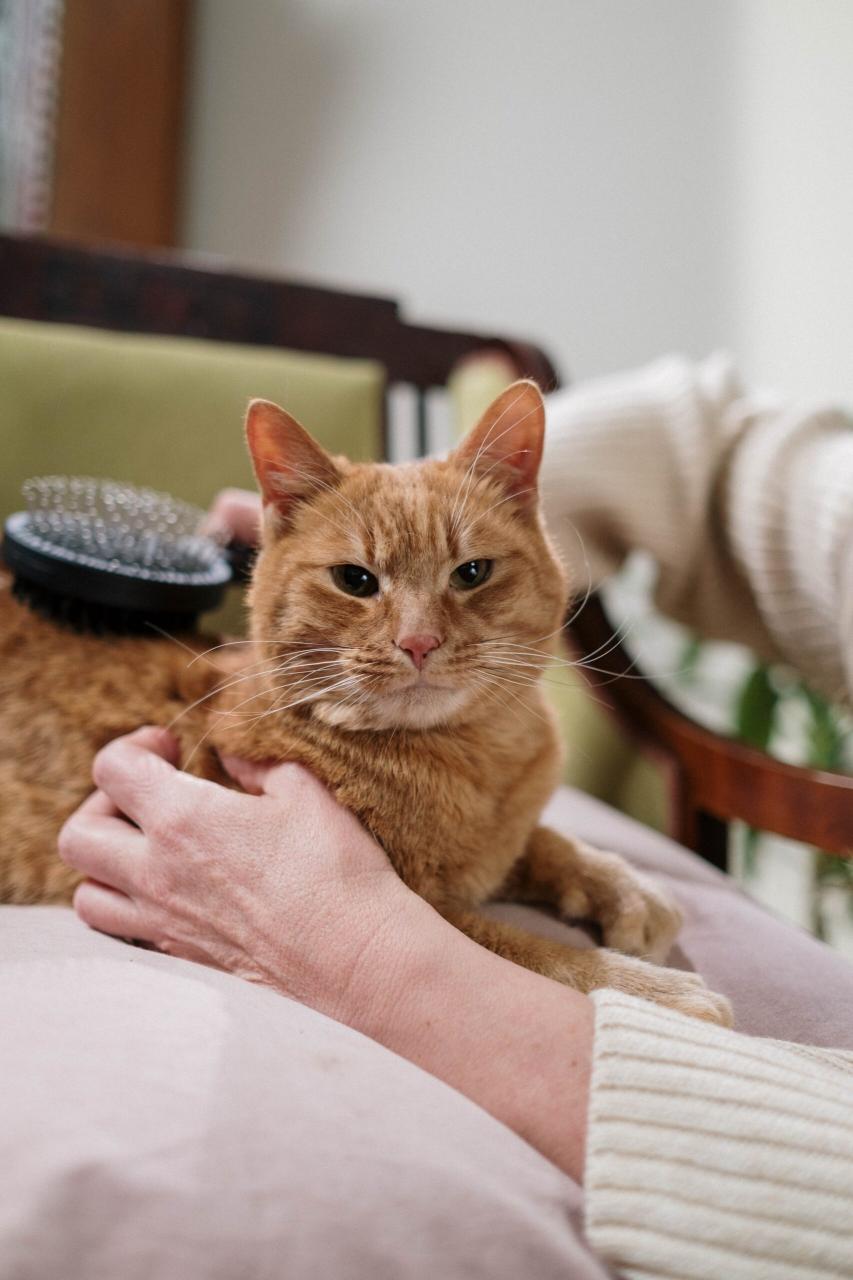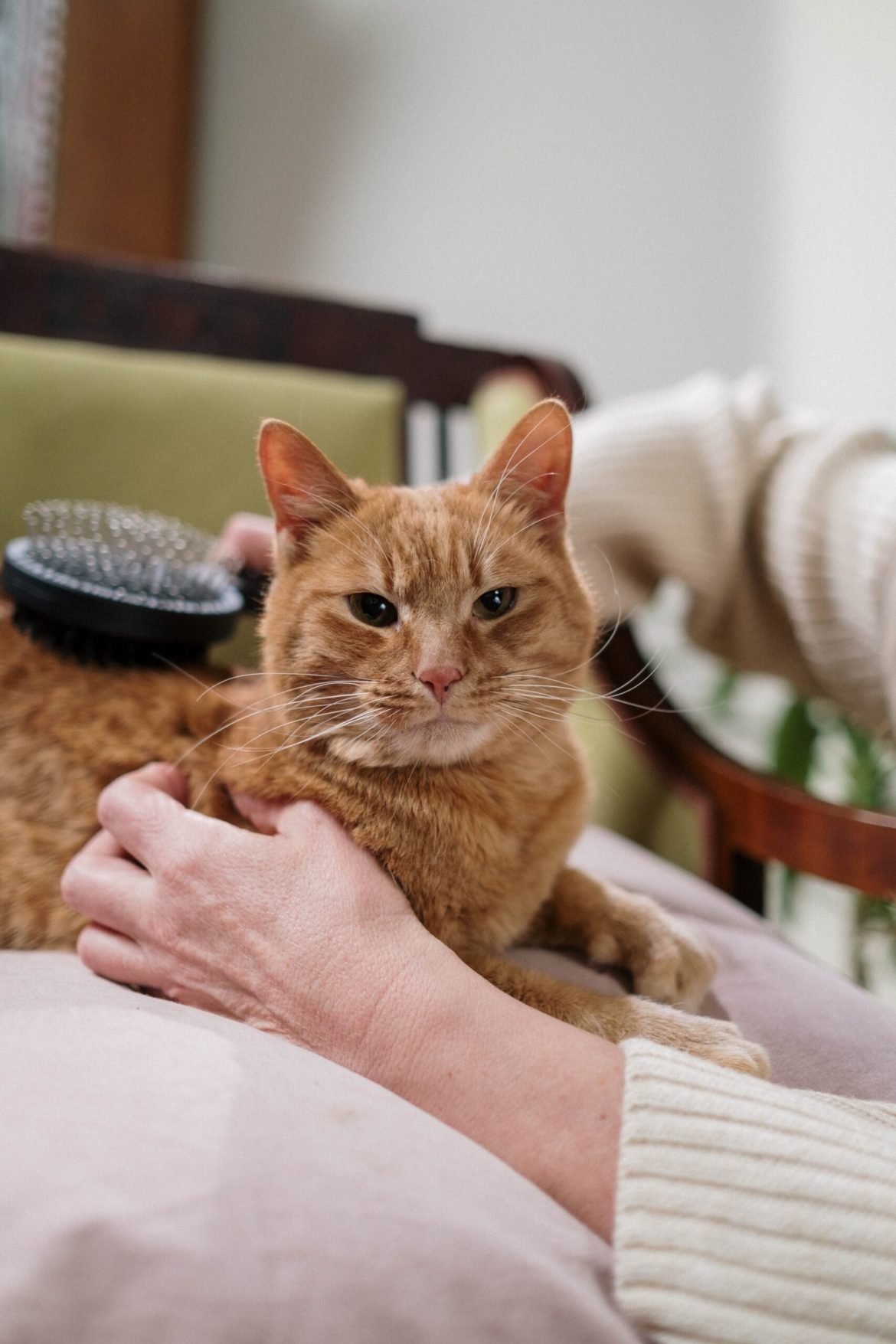
Have allergies but still want animals? This blog is for you! While allergies can be a bit of an obstacle, having a four-legged friend may still be a possibility. The ASPCA breaks down some tips for managing allergies as a fur parent, so let’s get into it!
What are allergies?
Before we get into how you can manage allergies, it’s important to understand what they are and how they work. Roughly 15 to 20% of the population have allergies for which their beloved animals are the cause. The medical term for allergies is an allergen – the actual substance that causes an allergic reaction. Individuals experience a reaction when inhaling or touching an allergen.
Common symptoms of an allergic reaction according to the ASPCA, are:
- Red, itchy, watery eyes and nose
- Coughing
- Scratchy or sore throat
- Itchy skin
- Difficulty breathing (in more serious cases)
What’s causing you to react to your animal?
Any animal can trigger an allergic reaction. The ASPCA says some individuals experience allergies with exotic pets, such as ferrets, guinea pigs, birds, rabbits, and rodents. However, cats are the most common animal to trigger allergies.
According to the ASPCA, the most common animal allergens are proteins found in the scales of old skin that are constantly shed by the animal, also known as their dander. They are also commonly found in animals’ saliva, urine, and sebaceous cells.
Fur length or type do not prevent allergies. In addition, there are no species to which a human cannot develop allergies. This being said, certain animals or breeds can be less irritating than others.
Looking for allergy-friendly animals? Check out our blog on pets for allergy sufferers.
How to manage allergies
We recommend you contact your veterinarian and physician as your ultimate resource for information about the health of your furry friends or your family. We also recommend you consult your veterinarian before using any products on or around your companion animals to ensure they are safe to use.
The ASPCA suggests that to potentially alleviate allergic reactions to your animals, there’s a few things you can do. You can decontaminate your home environment, limit furniture exposure to allergens, as well as find a physician to work with. The following are some helpful tips from the ASPCA:
- Create an allergy free room, such as a bedroom, by preventing your animal from entering this room. Hypoallergenic bedding and pillow materials are a smart choice.
- Limit fabrics, as allergens tend to collect in drapes, rugs, and upholstery. Washable blinds or shades, as well as cotton-covered furniture are a good idea as well.
- Use a vacuum equipped with a disposable electrostatic bag or a HEPA (high-efficiency particulate arresting) filter. Vacuum frequently. Consider an air filter fitted with a HEPA filter, as well.
- Equip yourself with anti-allergen room sprays, which work to deactivate allergens.
- If you have a cat, regularly clean the litter box. Unscented, dust-free, clumping cat litter may make the process easier.
- Clean your animal’s bedding often.
- Bathing and brushing your animal frequently will also help wash off the allergens that accumulate in an animal’s fur and prevent dander from flaking off into the environment. Check out our guide to bathing your cat.
- Wash your hands after cuddling with your fur baby and avoid touching your face. Additionally, pick a designated “animal outfit” that you will wear when cuddling your fur baby.
- Have someone else do the house cleaning and animal grooming, if possible.
For more information and in-depth tips, check out the ASPCA’s blog on animal allergies. You can also find helpful tips for overcoming fear of vacuuming, stress-free grooming, and more on the Fear Free Happy Homes website.

